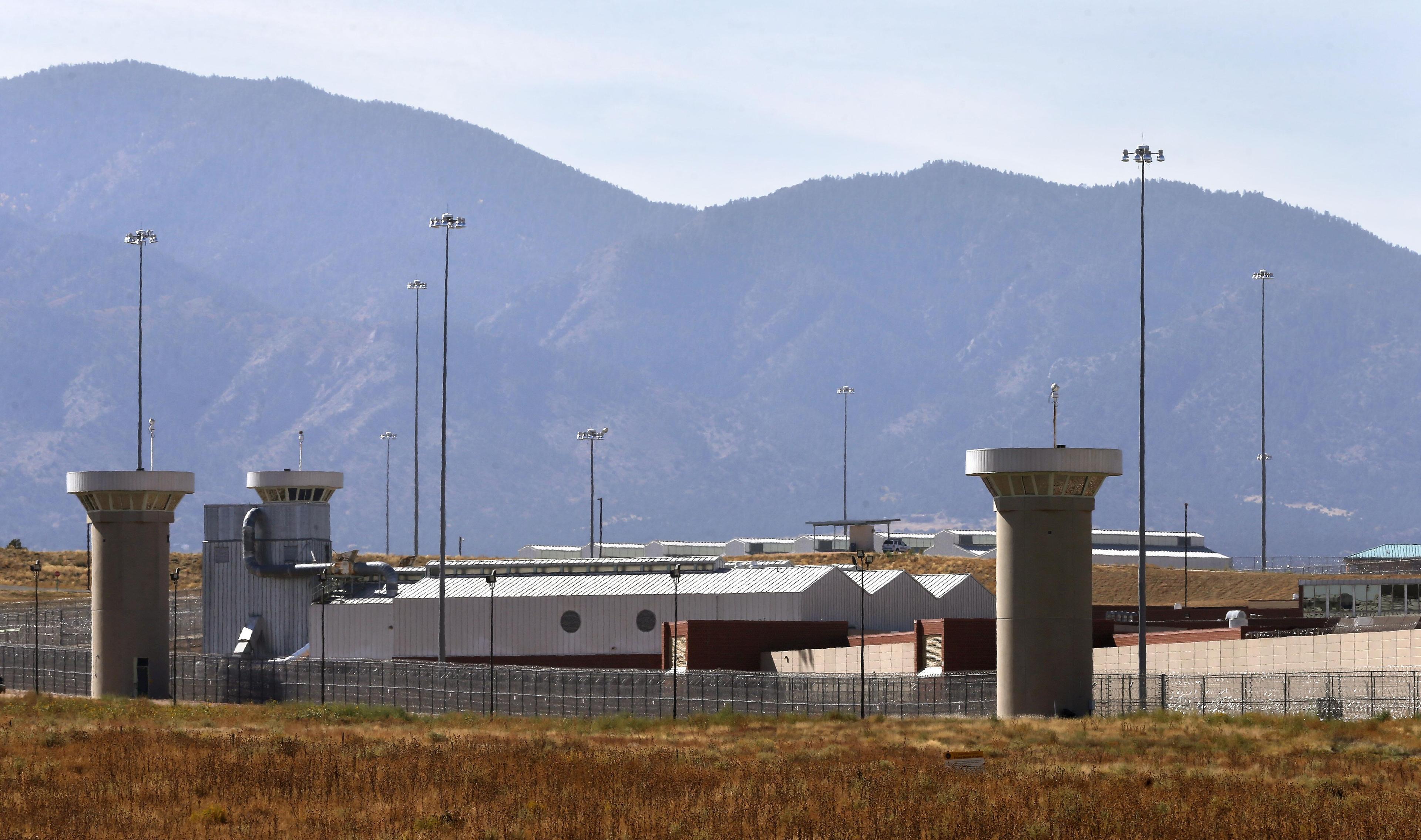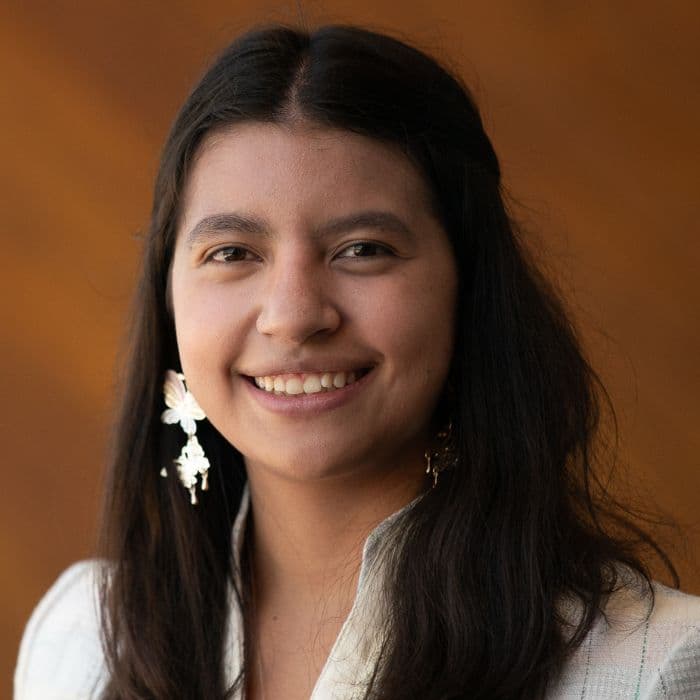

Standing in a room in the Denver Museum of Nature & Science, Risa Levitt Kohn points to one of the protective frames encasing fragments of a Dead Sea scroll.
“You can barely see it, right?”
There are tiny stitches around the fragment, sheer netting that appears to be finer than panty hose. The netting both protects and holds the scroll in place for optimal viewing.
The Dead Sea Scrolls are considered one of the most important archeological discoveries of the 20th Century. They were found in 1947, in a cave near the site of Qumran, sort of on accident. The biblical writings date back more than 2,000 years — hence the great caution taken.
On this particular day, Levitt Kohn, a few Israel Antiquities Authority conservators and an art handler are swapping out the initial set of 10 scroll fragments that have been on display since March at the museum with 10 new scroll pieces. It’s a “very exacting process” that happens afterhours and they can only swap two scrolls a night.
Besides Denver, “the only other place in the world where you would be able to see Dead Sea Scrolls [right now] is at the Israel Museum in Jerusalem,” Levitt Kohn points out.
The 10 scroll fragments that will be on display at the museum through the September end of the exhibition were flown in from Israel on business class. The antiquities travel better than Levitt Kohn does, she says with a laugh.
“[But] not because they need the special meals or the sleep. Because they need the space. The bags are quite large and they won’t fit in a regular overhead compartment.”
Those business-class-flying bags are hand carried and never left unattended.
The cases the scrolls travel in and are displayed in have climate-control units that monitor humidity and temperature. They’re designed to react to environmental factors, such as weather outside and crowds in the museum that could cause the temperature and humidity to rise. Tatyana Bitler, of the Israel Antiquities Authority, says the optimal humidity is a little less than 50 percent and the temperature cannot exceed 20° C.
Levitt Kohn also says there’s a “very specific calculation” about how much light the scrolls can be exposed to. They look at the number of hours the exhibition is open for the public and private events, plus how long that specific set of scrolls will be on display — in the case of Denver, three months — and “plug that into a formula to determine the actual level of light we can set them at.”

The Dead Sea Scrolls are 2,000 years old and incredibly fragile. Pnina Shor, curator and head of Dead Sea Scrolls projects for the Israel Antiquities Authority says the best thing for them “would be to stay in the vault, in the darkness. But... since these Dead Sea Scrolls are the discovery of the 20th century and since these dead sea scrolls are our common heritage, we feel that it’s part of our duty to share them with the world as well.”
The museum expects the all 10 scrolls from the second set to be on display soonby Monday. The 10 scrolls leaving the museum will be flown back to Israel, stored inside a dark vault, and will not be on public display again for a minimum of five years.
The second set of Dead Sea Scrolls are on display at the Denver Museum of Nature & Science through Sept. 3, 2018. Visitors will be able to see:
- 4Q418 Instruction to the one who understands (Musar leMevin) — first time on public display
- 4Q58 Isaiah
- 11Q10 Job Targum
- 4Q84 Psalms
- 8Hev XI Plate 63/1 gr Minor Prophets
- 5/6Hev 46 Lease of Land (Papyrus Bar Kokhba 46)
- 4Q1 Genesis-Exodus
- 4Q252 Genesis Commentary
- 4Q256 Community Rule
- 4Q386 Pseudo-Ezekiel









